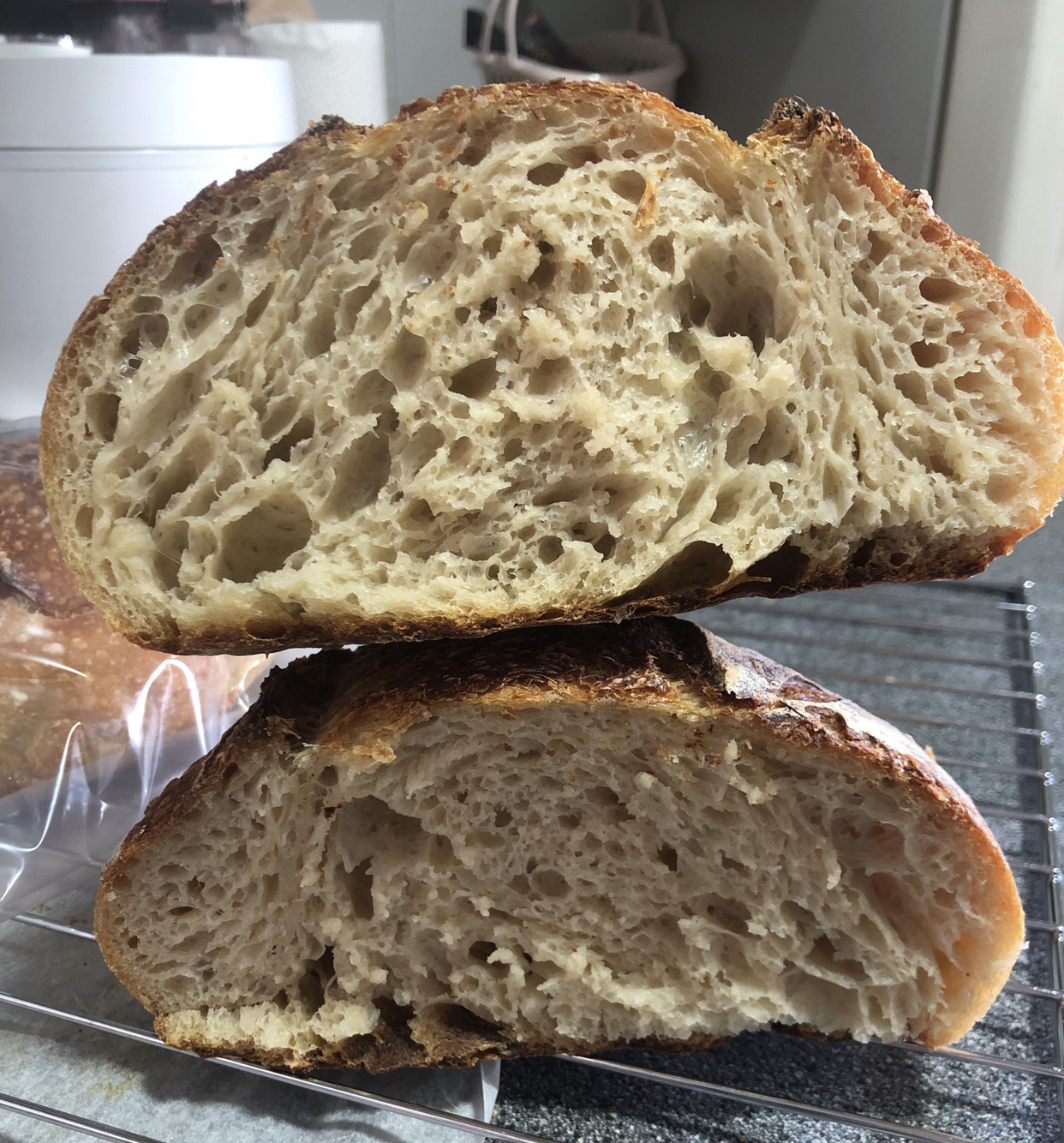
Advice on using Ankarsrum please.
I have been baking bread for many years and still enjoy the whole process, but I have now reached a time when doing it all by hand, as I prefer, is becoming physically rather painful. I have a KA mixer but find that it is not much help, needing constant attention to stop the dough climbing the dough hook and always straining and threatening to walk off the worktop.
So I have been looking at the Ankarsrum which many Fresh Loaf members appear to own and are thoroughly pleased with. Judging by what I have found by searching this site and watching some YouTube videos, the Ankarsrum should be capable of managing a large part of the process with just a little input from me, from mixing the ingredients, through autolyse and bulk fermentation all in the one bowl, right up to the point of dividing the dough etc..........or am I kidding myself?
So my questions are how do experienced Ankarsrum owners use the machine? Do you fully knead the dough and bulk ferment in the machine and not do stretch and folds, or are s & f's still part of the routine (which I am quite happy to carry on doing}?
I have no intention of giving up baking, I just wish to find a way to lighten the load a little and I am hoping that your experience can help me make the decision whether to invest in an Ankarsrum.









